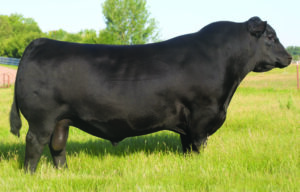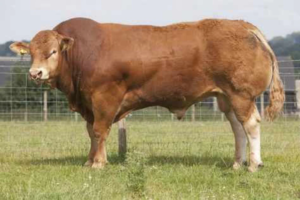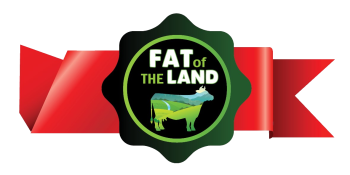Five factors to help you choose the best grass-fed Beef
In my last post I explored What’s Grass-Fed all about? What are the things people are looking for in grass-fed beef? Apart from the beautiful taste I summarised it to
Nutrient density,
Environment/ Happy Animals
Trust,
Check out that post if you’d like to catch up.
This article explains the 5 distinctions I make what I do to try and address those concerns. But hey, I’m only serving my local community and maybe these factors would be useful for you in deciding on your supplier wherever you live. So feel free ask your butcher!
So, to begin with, No. Not all grass-fed is equal!
That’s not a controversial statement but I think the larger meat companies might squirm a bit when people start making distinctions! Education, as your Granny said is no load to carry and with that education plus some application (asking questions and assessing the answers) your discernment will grow and you can settle with a supplier you trust.
On our farm I’ve set out to do something, which I think is, special but let me give you my criteria to judge by and empower you to pick your own Grass-fed beef with confidence.
I believe that there are 5 Criteria for the best Grass-fed beef. They are as follows (in the order I would personally place them)
- Genetics
- Sex
- Grass management
- Butchering process
- Quality assurance/Label
Genetics
Picture if you will an elephant and its equivalent weight in say mice. Which do you think will eat the most weight in food every day? Surprisingly it’s the mice. It’s a factor of their faster metabolism’ and higher intake relative to their body size.
What has that got to do with beef genetics? Perhaps not so much the metabolism but the size of the animals and their relative intake (% of their body weight they can consume). Modern breeds have big frames(skeleton) and they just can’t eat enough grass relative to their frame size.
The traditional breeds however with their large gut capacity typically can intake far more than is required to merely grow their relatively small frames. The result is energy dense meat. They are almost permanently fat at all stages of their development whereas the modern breeds on grass must grow their frame first then they can accumulate a fat cover that is acceptable for harvesting.
When I determined to go the direct to market route, I was all excited about my grass management that was going to make “all the difference”. I hadn’t even thought about the suitability of our genetics. Thankfully I have a butcher as a mentor and he picked the suitable animals from my herd, they were the traditional breeds. With the benefit of hindsight now I’m grateful as the modern breeds,
to my analysis cannot adequately fulfil the three things people are looking for in grass-fed beef!

Nutrient density, Environment/ Happy Animals, Trust
Modern breeds like Limousine and Charolais are a function of our modern world. That is, their breeding has been shaped by our reliance on Oil and the consequent abundance of cereals. These animals have, over time, evolved into bigger framed beasts than what natural forage could sustain. These breeds must then be finished in confinement on grain. This is against the Environmental (happy animal) pattern that the cow evolved with.
Without confinement and feeding of grain, modern cattle breeds will be too lean to harvest. That grain feeding would likely make any nutrient density claims moot. Even if the occasional animal does reach finishing condition on pasture, they are likely to be tough until they reach their genetic potential which could be 3years old+. This is well known in France where the preferred way to harvest a Charolais is, as a Cow, at 3-4+ years old. A well-known saying in the butchering world is that the modern cattle are world class at producing average beef, i.e., Quantity vs Quality.
So that’s straight forward then, the modern breeds aren’t used for grass-fed beef? Well, no, not according to the Irish grass-fed beef standard. There is no specificity on the breeds that can be used. The standard states that the animal must be a certain amount of days/year on grass and can’t get more than 10% of their nutrition from concentrates (cereal). Adhering to these rules means even modern breeds will reach the correct condition (fat cover) for harvesting but the averageness of the meat is still a factor. A customer paying a premium price might well feel, on discovering on the looseness of the Irish Grass-fed beef standard, that his Trust isn’t being met in good faith.

That’s my analysis of the role of genetics in giving people the 3 things they want from Grass-fed Beef!
Ill probably get slated for pointing out this to consumers but I believe that creating a “product” whose primary purpose is to facilitate producers is problematic! Give the people what they want. Explain the processes involved in creating it, the distinctions from the ordinary then let’s see where it goes!
I’m going to explore and explain how factors 2-5 make a difference to the quality of the product in my next post. Hopefully I can avoid controversy 😊
